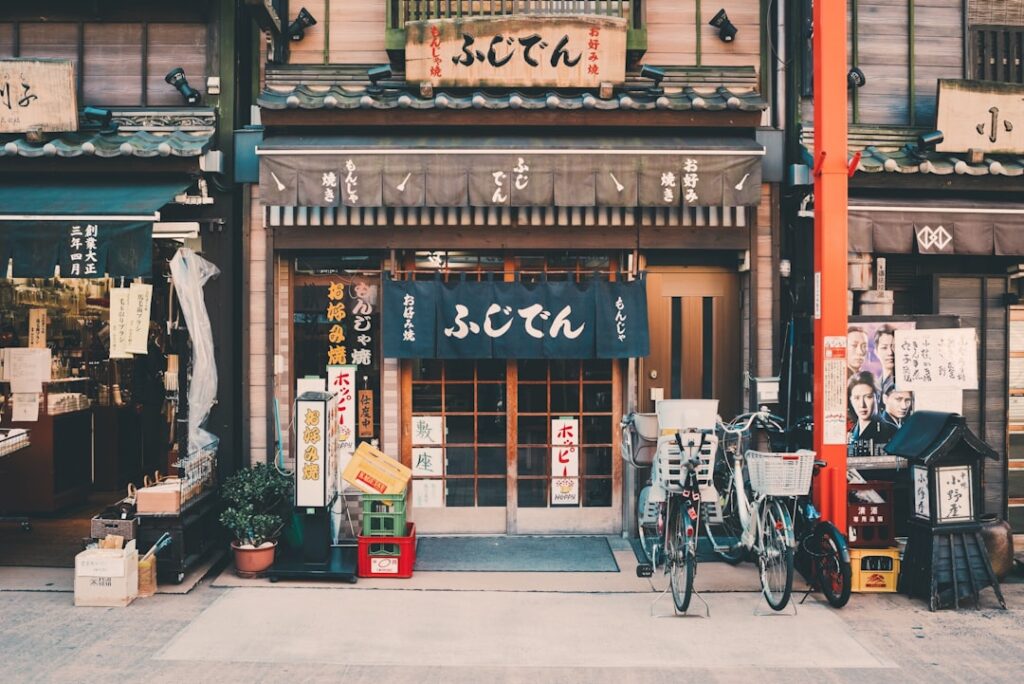Step into a new wave of Japanese café culture: the Neo-Kissaten. These reinvented retro coffee shops are springing up across Japan’s bustling cities, weaving together the nostalgic charm of Showa-era “kissaten” with a fresh twist of modern creativity. In this article, we’ll journey through the story behind the Neo-Kissaten movement, uncover Tokyo and Osaka’s hottest hidden spots, soak in the unique ambiance, savor limited-edition treats, and see how these stylish spaces are shaping a new sense of community among locals and travelers alike. Ready to sip, savor, and step back in time? Let’s begin!
What Is a Neo-Kissaten? Blending Japanese Tradition with Contemporary Flair
The word “kissaten” may evoke images of dimly lit rooms, velvet chairs, thick porcelain cups, and the soothing aroma of drip coffee. Born in the early 20th century, these coffee shops became sanctuaries of quiet conversation, handwritten letters, and jazz melodies. The Neo-Kissaten, however, brings this heritage into 2025: it retains the warm, retro spirit while remixing it with contemporary aesthetics, menu innovation, art events, and digital-savvy touches. For younger Japanese and international visitors, Neo-Kissaten offer an escape from cookie-cutter cafés, reimagining nostalgia as a living, breathing experience.
Tokyo & Osaka’s Must-Visit Neo-Kissaten: Local Favorites Revealed
Neo-Kissaten are thriving in urban creative districts—think Tokyo’s Koenji, Shimokitazawa, and Kanda, or Osaka’s Nakazakicho. Here are a few unique gems that locals swear by:
- Coffee House Retro (Tokyo – Koenji): Vintage wooden interiors, hand-poured coffee, and occasional poetry readings. A perfect blend of nostalgia and youth culture.
- Cafe Taiyodo (Osaka – Nakazakicho): Old-school signage meets new-school latte art. Friday evenings see local indie musicians take the tiny stage for cozy live sets.
- Shitamachi Modern (Tokyo – Kanda): A playful fusion of Taisho-era ambiance and minimalist modern design; here, baristas serve up both siphon brews and Instagram-worthy parfaits.
What makes these cafes so magnetic? It’s their “local secret” atmosphere—designed with the neighborhood in mind, frequented by regulars, artists, and coffee enthusiasts, resisting the franchised uniformity of large chains.
Atmosphere, Interior, and Events: Stepping Inside a Neo-Kissaten
Every Neo-Kissaten tells its own story through décor and vibe. Walk in and you might find:
- Restored antique furniture and mismatched vintage crockery, each piece with a story.
- Gallery walls hung with works by local artists, or shelves lined with indie art books for browsing.
- A turntable spinning forgotten jazz LPs, or a small corner stage where you can catch an acoustic set or open-mic poetry night.
These touchpoints transform a casual coffee break into an intimate, cultural encounter. Unsurprisingly, even locals discover new favorites each week, as interior themes and event calendars keep evolving.
Signature Menus & Exclusive Sweets: Tasting the Neo-Kissaten Remix
One highlight of the Neo-Kissaten boom? The menus. Expect the unexpected:
- Classic “kissaten” snacks like egg sandwiches and pudding à la mode, reinvented with seasonal or international twists.
- Handcrafted drip coffee blends, matcha lattes, or creative sodas using local fruit and herbs.
- Limited-edition sweets—perhaps a chestnut Mont Blanc parfait in September, or nostalgic “banana parfait” reimagined for Instagram photos.
Many Neo-Kissaten collaborate with neighborhood patisseries or micro-roasteries, ensuring every treat has a local story and zero mass-production blandness.
Neo-Kissaten as Community Hubs: Gathering Spots for a New Generation
Perhaps most striking is how Neo-Kissaten are reshaping community in the digital age. Far from just a place to pass time, these coffee shops are where neighbors meet, new friendships form, and local creatives launch pop-up events or workshops. They’re safe havens for students, solo workers, and travelers seeking real connection. Many owners design their spaces to spark conversation—whether through communal tables, zine swaps, or open invitation nights.
The revival of the kissaten has become more than a trend; it’s a movement. For visitors hungry for authentic Japanese experience, Neo-Kissaten offer a doorway to local scenes, flavors, and friendships no guidebook café tour can replicate. So next time you’re exploring Tokyo or Osaka, skip the crowded coffee giants—step into a Neo-Kissaten and discover Japan’s living soul, one cup at a time.








